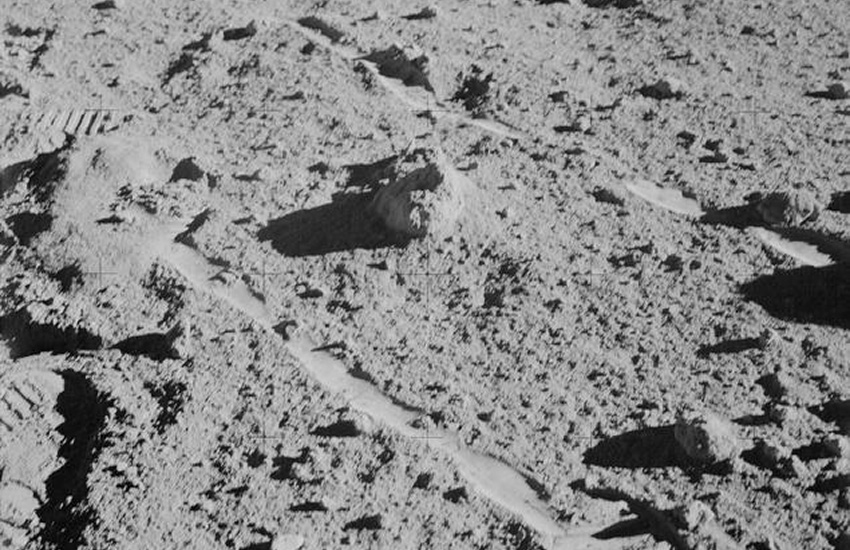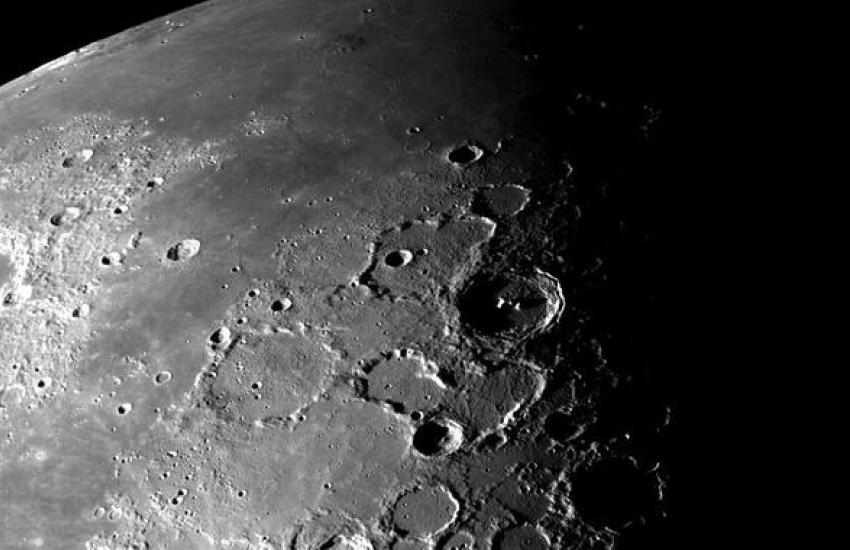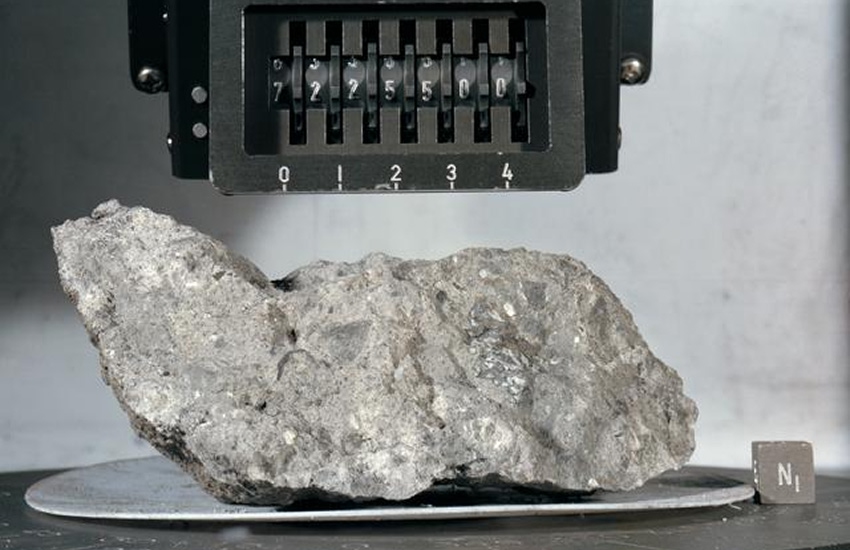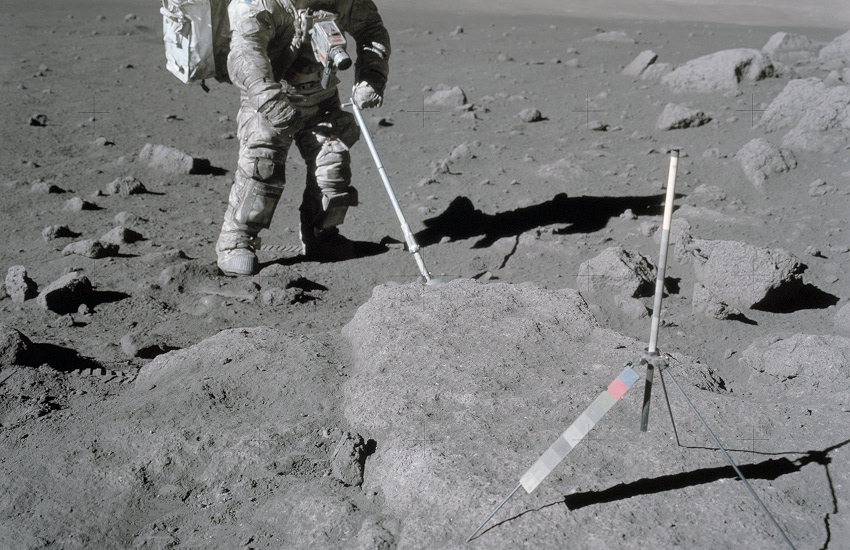Lunar geology is a fascinating field that offers unique insights into the Moon’s history and its relationship with Earth. At first glance, the Moon might seem like a barren, lifeless rock compared to Earth’s lush, dynamic surface, but a closer look reveals a complex geologic history that is both similar to and distinct from our planet.
From the composition of lunar rocks to the absence of tectonic plates, the Moon’s geology is a testament to its unique place in the solar system.
Understanding the Lunar Surface: Key Differences

The lunar surface tells a story shaped by meteoroid impacts, ancient volcanic activity, and the absence of atmospheric erosion. Unlike Earth, the Moon has no atmosphere or active plate tectonics to reshape its surface.
As a result, features such as impact craters and lunar basins have remained largely unchanged for billions of years.
Volcanic History
The Moon’s volcanic history is another striking contrast. While Earth’s volcanic rock often forms due to tectonic movements, the Moon’s volcanic features, such as basaltic rock flows, are the result of ancient internal heating. These volcanic flows created large, dark plains called maria, which we see in the night sky. However, volcanic activity on the Moon ceased roughly 1 billion years ago, far earlier than Earth’s ongoing volcanic processes.
Lunar Rocks vs. Earth Rocks
The types of rocks found on the Moon are primarily igneous rocks, such as basaltic rock and anorthosite, formed during the Moon’s early molten state. Unlike Earth’s rocks, the Moon’s rocks lack sedimentary rocks, which form through water-based processes. This difference is due to the Moon’s lack of water and atmospheric weathering.
Lunar samples brought back by the Apollo missions revealed a lack of volatile elements, such as water and certain gases, which are abundant on Earth. This points to differences in their formation histories, with the Moon’s materials likely being stripped of volatiles during its violent origin.
Key Features of Lunar Geology

Lunar geology reveals fascinating aspects of the Moon’s evolution and provides a glimpse into how its structure differs from that of Earth. By examining its surface, we uncover unique characteristics, like the composition of the lunar crust and the preservation of ancient impact craters, which set the Moon apart from our dynamic planet and offer potential resources.
Lunar Crust
The Moon’s lunar crust is significantly thinner than Earth’s. It is dominated by anorthosite, a type of igneous rock formed during the cooling of the Moon’s magma ocean. In contrast, Earth’s crust is constantly reshaped by plate tectonics and erosion.
Impact Craters
Unlike Earth, where erosion and tectonic activity erase most impact craters, the Moon’s craters, such as the massive South Pole-Aitken impact basin, are preserved almost perfectly. These craters provide valuable insights into the Moon’s geologic history.
Tectonic Plates: Absent on the Moon
Earth’s dynamic surface owes much to its tectonic plates, which drive mountain building, earthquakes, and volcanic activity. As mentioned before, the Moon, however, has no such system. Instead, its geologic activity is limited to ancient volcanic eruptions and the formation of faults caused by internal cooling and contraction.
Insights from Lunar Samples and Meteorites

For now, we can only study the Moon’s geological history through the materials brought to Earth and fallen lunar meteorites. By examining these very precious samples, we gain a deeper understanding of the processes that shaped the lunar surface.
Lunar Samples
The Apollo missions provided a treasure trove of lunar samples, allowing scientists to analyze the Moon’s composition directly. These rock samples revealed high levels of titanium and aluminum and a scarcity of earth elements like iron. They also confirmed that the Moon is geologically inactive today.
Lunar Meteorites
Occasionally, fragments of the Moon’s surface, known as lunar meteorites, are ejected by meteorite impacts and fall to Earth. These samples offer us additional clues about the lunar material and its evolution.
These findings not only reveal the Moon’s evolution but also offer insights into planetary formation across the solar system.
Shared Geological Features
Although Earth and the Moon look very different, they have more in common than you might think. Both share some fundamental geologic features, like igneous rocks and basaltic rocks, which formed from molten material during their early histories.
You can think of them as siblings who share the same origin story. Their geological history is intertwined because they both formed from the same materials in the early solar system.
Both worlds share a fascinating story, and planetary scientists are the ones who piece together evidence from rocks, craters, and more to uncover clues about how Earth and the Moon came to be.
Mining On the Moon

The Moon isn’t just a fascinating neighbor in the sky; it’s also home to resources that could transform the future of humanity. Lunar rocks contain materials like helium-3, rare earth elements, and other minerals that are essential for clean energy and advanced technologies. Helium-3, for example, has the potential to power future nuclear fusion reactors, offering a clean and nearly limitless energy source. Helium-3 is especially valuable because it’s rare on Earth but abundant on the Moon, rooted in the lunar regolith after billions of years of exposure to the solar wind.
Mining on the Moon could also provide the raw materials needed to build space infrastructure, like habitats or fuel stations, without having to launch everything from Earth. Because the Moon has no atmosphere and much lower gravity, transporting materials back to Earth or further into space would be much more efficient and cost-effective. Still, mining on the Moon raises big questions. Who should benefit from its resources? How can we ensure we don’t harm the environment? As nations and private companies plan for lunar mining, finding ways to use these resources responsibly will be crucial.
The Moon is a new frontier, and how we handle this opportunity will shape the future of space exploration for generations to come.
What Lunar Geology Reveals
Now, why does all of this even matter? Well, the answer is as simple as it is complicated. The Moon’s geology sheds light on the intricate processes that shape celestial bodies. Its ancient volcanic plains, enduring craters, and static crust tell the story of a world frozen in time.
Through these features, scientists can decode the Moon’s unique history, uncover connections to Earth’s past, and remind us that every crater and rock holds a key to understanding our place in the cosmos.
Why Is Planetary Geology Important?
Understanding planetary geology is like unlocking a guidebook to our solar system’s history. It’s the science that connects the dots between planets and moons, helping us uncover why Earth and the Moon are both so different and so intertwined. By studying the Moon’s geologic features, such as craters and rock composition, scientists gain insights into how celestial bodies evolve over time.
For example, the Moon’s lack of water and volatile elements gives us clues about the intense, fiery origins that shaped it and other planets. This field helps us understand not just the Moon, but the broader story of planetary formation and evolution.